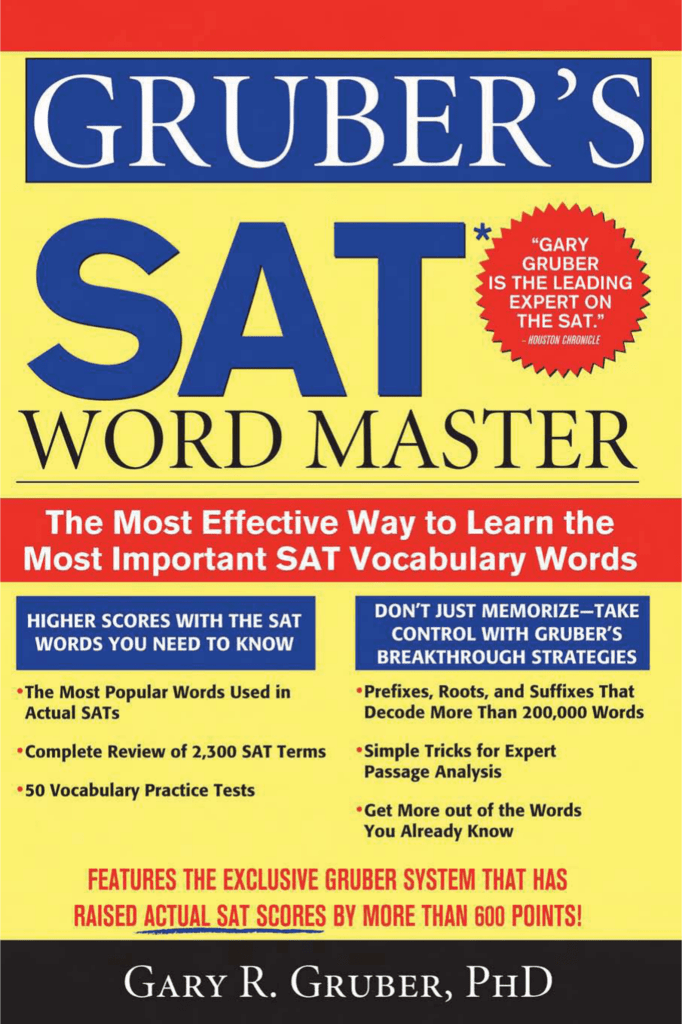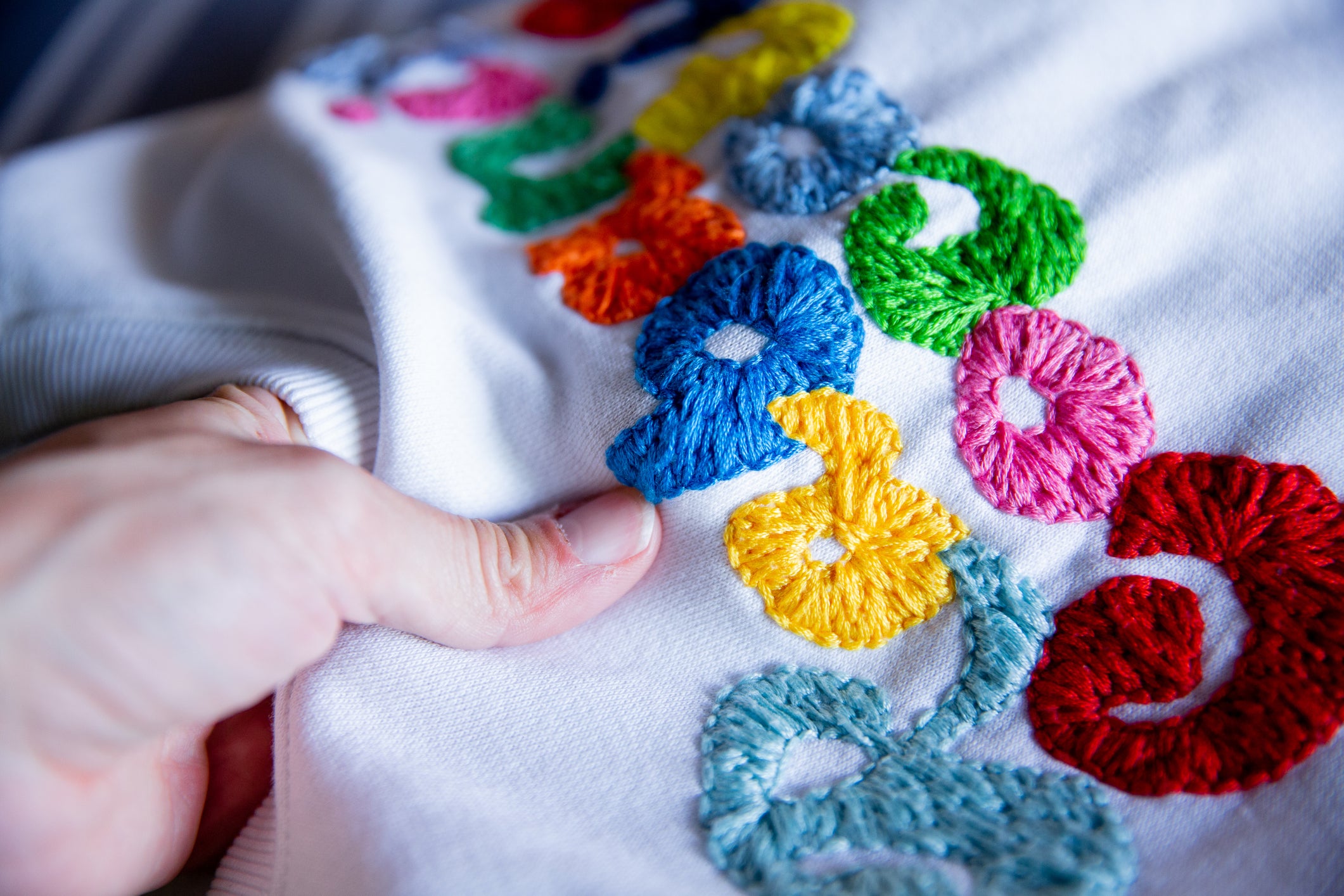

Even the Marx Brothers had a "who dat" routine, which they included in their film A Day at the Races. This skit was done frequently in short reels from the 1930s to 1950s and in some early TV shows too. Then, the "who dat"–"who dat say who dat" skit would play itself out. Staged minstrel skits featured frightened African American characters saying "who dat" when they encountered a ghost, or someone imitating a ghost. Who's dat up there, singin' who's dat down there Who dat up there who dat, well down there When I see up there well who's dat out there Who's dat inside, singin' who's dat outside When I see you up there well who's dat down there Who's dat up there, sayin' who's dat down there That is, there was no one specific set of words except for the two magic ones. In the swing era, "who dat" chants back and forth between the band and the band leader or between the audience and the band were extemporaneous. The frogs repeatedly used the phrase "who dat?" Another example is " Swing Wedding", a 1930s Harman-Ising cartoon musical, which caricatured Fats Waller, Cab Calloway, Bill "Bojangles" Robinson, Ethel Waters, and the Mills Brothers as frogs in a swamp performing minstrel show jokes and jazz tunes. Vaudeville performer Mantan Moreland was known for the routine. A common tag line in the days of Negro minstrel shows was: "Who dat?" answered by "Who dat say who dat?" Many different blackfaced gags played off that opening. Įarly references to "Who Dat?" can be found in the 19th Century in the poetry of Paul Laurence Dunbar, first in his poem "When Malindy Sings" and later in his lyrics to the song "Who Dat Say Chicken in dis Crowd," a featured song in Clorindy: The Origin of the Cakewalk, an " operetta" by Dunbar and Will Marion Cook that was first presented as part of E.E. The chant of "Who Dat?" originated in minstrel shows and vaudeville acts of the late 19th and early 20th centuries and was taken up by jazz and big band performers in the 1920s and '30s.


The earliest documented use of the phrase in Louisiana can be found in a JNew Orleans Daily Picayune article.


 0 kommentar(er)
0 kommentar(er)
